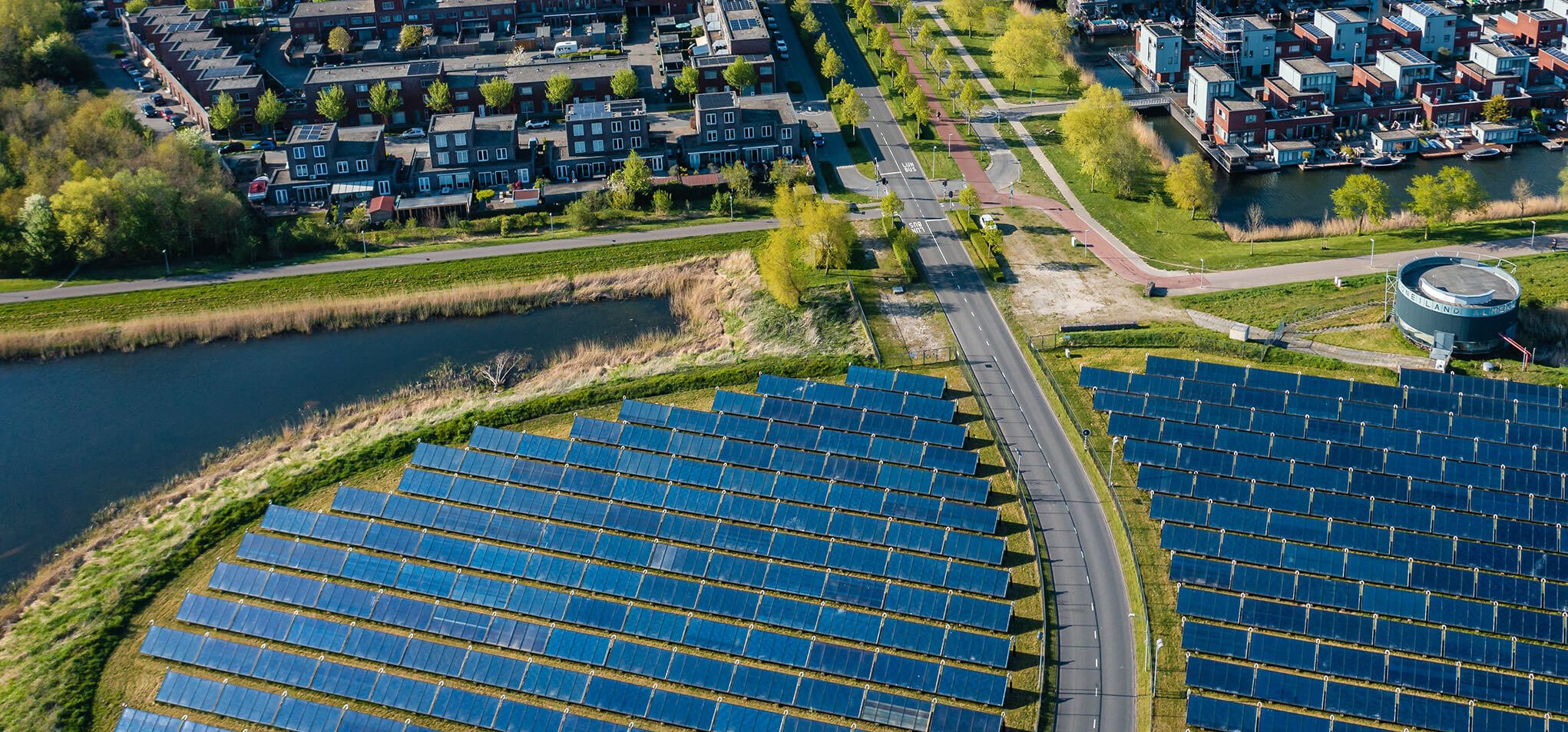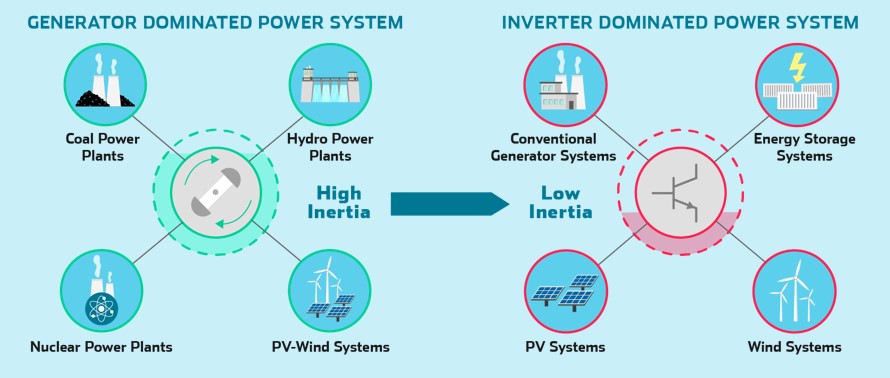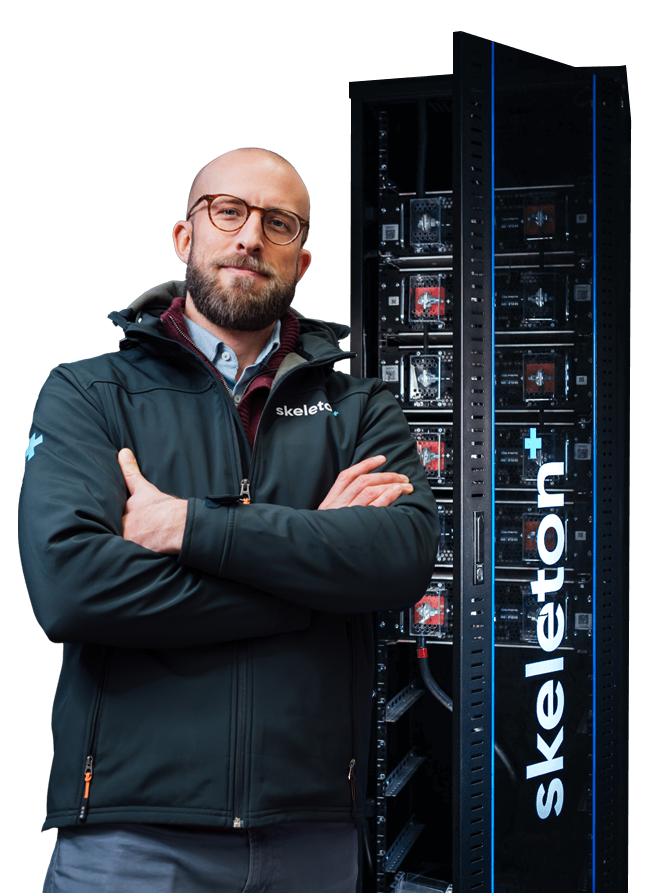
Ultracapacitors boost renewables with synthetic inertia

It is sometimes difficult for a layperson to understand why we simply cannot replace fossil fuel energy production with wind and solar and be done with it. Well, one answer to that question is "inertia". In a traditional grid, the rotating masses of spinning generators sync with the frequency of the system. The rotating masses store inertia as rotating energy, ready to be released when needed to stabilize grid frequency. These are generator-dominated systems with inherently high inertia.

Renewable energy does not provide the advantage of rotating mass, which leads to the need of an alternative solution to provide inertia. Grids with a high degree of renewables suffer from lack of inertia, leading to weaker and more unstable grids compared to traditional, generator-dominated grids. Imbalanced load and energy generation leads to frequency excursions and increase RoCoF, or Rate of Change of Frequency.
Luckily, ultracapacitors provide an answer! Our SkelGrid ultracapacitor systems can be connected to grids with a large share of renewables, and the high power ultracapacitors provide synthetic inertia, stabilizing grid frequency.

Ultracapacitors go hand in hand with many solutions fighting climate change and provide a number of advantages over other energy storage technologies:
- High power density energy storage
- Over 1 million cycles & longer calendar life: 20+ years
- -40°C to +65°C operating temperature range
- Considerably lighter than batteries in high-power applications
- Easily fully discharged for safe maintenance operations
- Simple monitoring and system health checks
- Ultracapacitors do not leak or contain acid or lead





